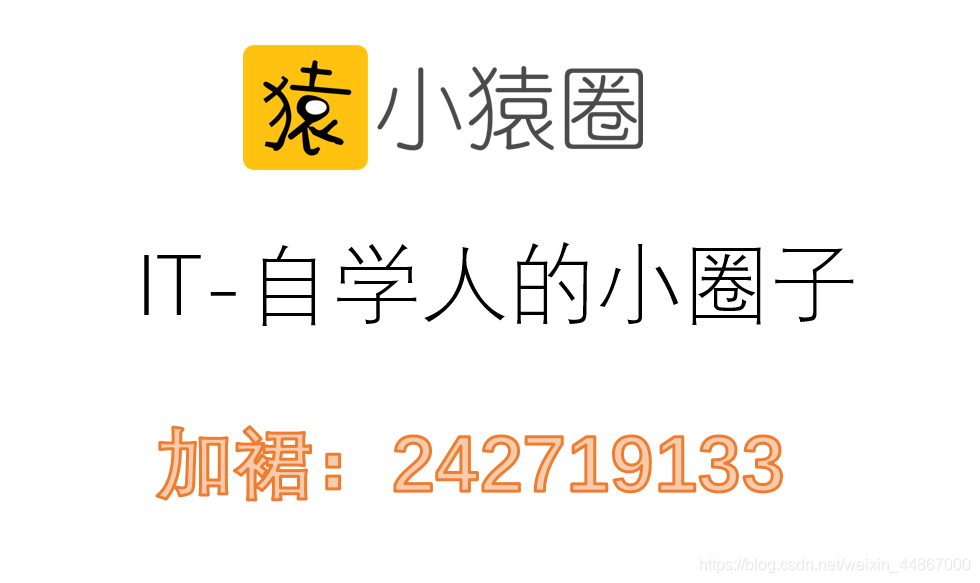随着学习的深入,用不了多久,你就可以写复杂的上千甚至上万行的代码啦,有些代码你花了很久写出来,过了些天再回去看,发现竟然看不懂了,哈哈,这太正常了。 另外,你以后在工作中会发现,一个项目多是由几个甚至几十个开发人员一起做,你要调用别人写的代码,别人也要用你的,如果代码不加注释,你自己都看不懂,更别说别人了,这样写会挨打的。所以为了避免这种尴尬的事情发生,一定要增加你代码的可读性。
代码注释分单行和多行注释, 单行注释用#,多行注释可以用三对双引号""" “”"
下面给大家看一段标准代码的注释,忽略代码意思
def subclass_exception(name, parents, module, attached_to=None):
“”"
Create exception subclass. Used by ModelBase below.
If 'attached_to' is supplied, the exception will be created in a way that
allows it to be pickled, assuming the returned exception class will be added
as an attribute to the 'attached_to' class.
"""
class_dict = {'__module__': module}
if attached_to is not None:
def __reduce__(self):
# Exceptions are special - they've got state that isn't
# in self.__dict__. We assume it is all in self.args.
return (unpickle_inner_exception, (attached_to, name), self.args)
def __setstate__(self, args):
self.args = args
class_dict['__reduce__'] = __reduce__
class_dict['__setstate__'] = __setstate__
return type(name, parents, class_dict)
代码注释原则:
不用给全部代码加注释,只需要在自己觉得重要或不好理解的部分加注释即可
注释可以用中文或英文,但绝对不要拼音噢
注释不光要给自己看,还要给别人看,所以请认真写
